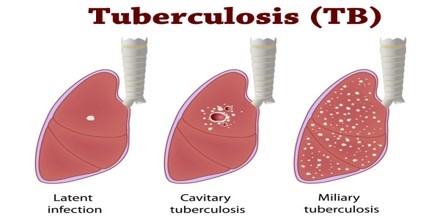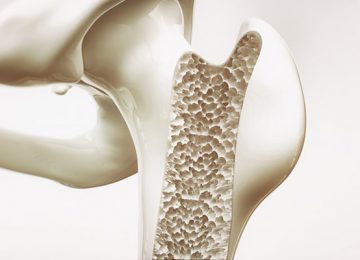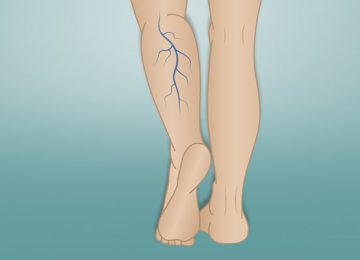
Tuberculosis has the highest mortality rate among infectious diseases!
Tuberculosis or TB is a multi-systematic infectious disease caused by Mucobacterium tuberculosis which is a rod bacteria. TB has the highest mortality rate among infectious diseases all around the world (around 10 million people all around the world were diagnosed with TB during 2015 and around 1.8 million of them died). The most common (about 85%) organ for growing TB is the lung area. Although animals can be infected by TB too, human beings are the only known host for Mycobacterium tuberculosis.
The first evidence of TB infection has been observed about 8000 years B.C.. The Greeks know it as a long-standing disease. In many European countries, TB is threatening 25 percent of adults and by the early 1900s it was the main reason of death in the United States. Robert Cech in 1882 discovered mycobacterium tuberculosis as the cause of TB. Having a better understanding of what causes TB on one hand, along with increasing general health standards, treatment methods and developing medication for treating it, especially in developed countries, on the other hand, reduced the severity of this disease. TB can be found as active or hidden. The hidden TB shows no symptoms while active one shows symptoms and is contagious.

What are the TB symptoms?
There are different types of TB that may show themselves with symptoms of pulmonary tuberculosis, which can be diagnosed with or before the TB itself. Clinical symptoms of TB may include:
- Fever
- Night sweats
- Coughing (chronic most of the time)
- Coughing up blood
- Reduction or loss of appetite
- Weight loss
- Fatigue and discomfort
- Chest pain (pain while breathing)
- Hard breathing
- Swollen lymph nodes
- Pneumonia

Other types of TB also can show different symptoms, such as:
- Skeletal tuberculosis (also known as Pott disease): spinal column pain, back stiffness and …
- TB meningitis: Headache (variable in duration but persistent), mental changes, coma
- Arthritis TB: Common pain in the joint (knee joint is the most affected part)
- Gastrointestinal TB: Difficulty in swallowing, unpleasant wound, abdominal pain, malaria, diarrhea (sometimes with bleeding)
- And …

TB treatment
When TB is diagnosed, doctor prescribes medications so that the disease can be treated easily. The healing duration can vary based on different factors, among which individuals’ age and type of disease progression are the most important ones. The fact that what organs are affected by this disease can be important in the treatment procedure.
Those who are infected by TB usually should undergo a six-month treatment to get good results. However, you should notice that some of the medications that are used to treat TB, can potentially affect the liver and have other side effects, such as: change in the urine color, fever, anorexia and…

The patient should fully complete his or her treatment, even if he feels better sometimes in between. Unfortunately, there is the possibility for some of the invading bacteria to be so resistant to drugs that they do not disappear soon.
Summary:
Tuberculosis or TB, is a multi-systematic disease that comes along with various symptoms. Active TBs are known as the cause of most of deaths associated with infectious diseases in the world. TB mostly affects lungs and one of the obvious symptoms is chronic cough. Individuals should complete the medication treatment period to get the best result.











Reviews
Number of pending reviews15104